San Angelo
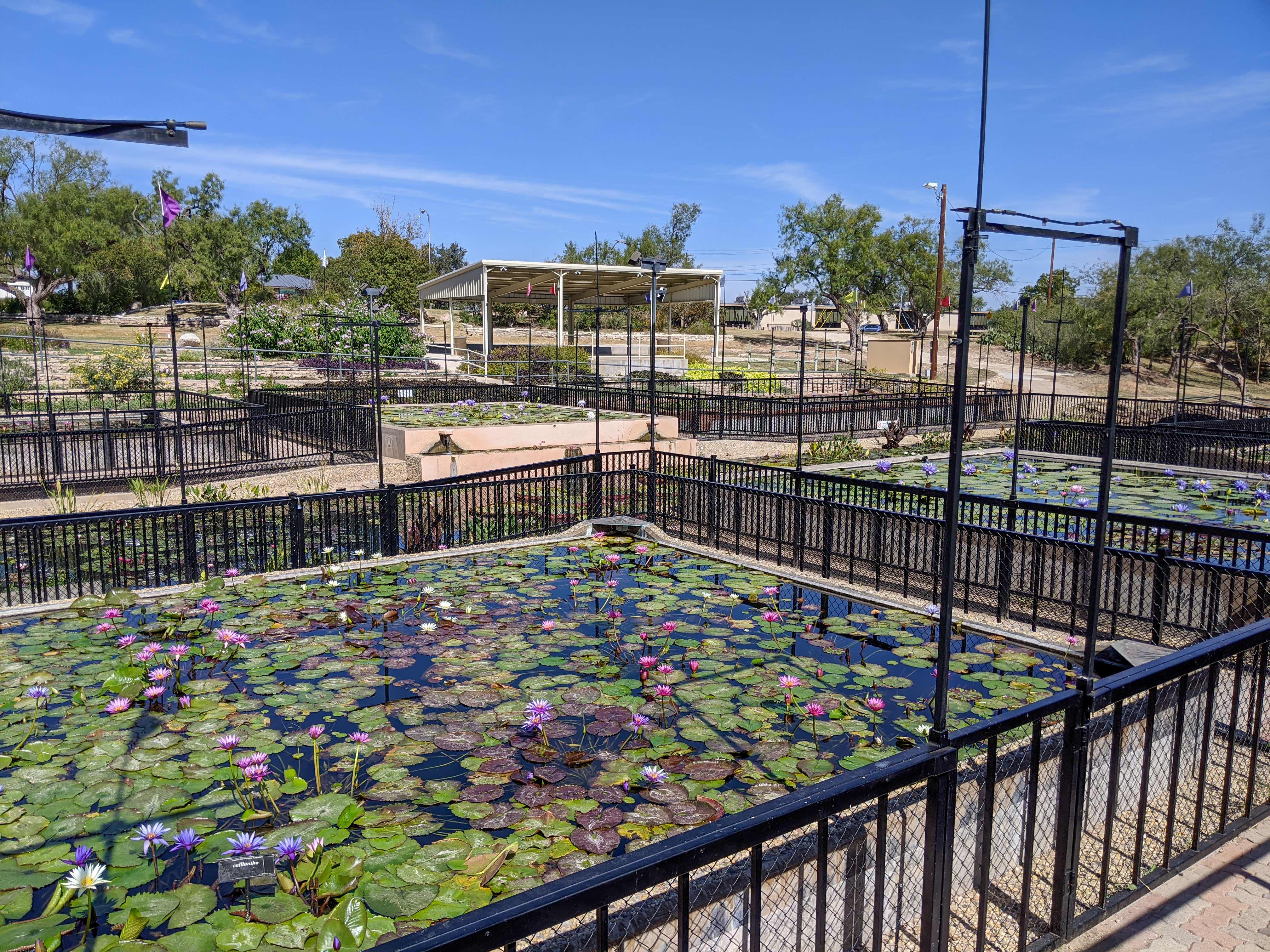
San Angelo, Texas
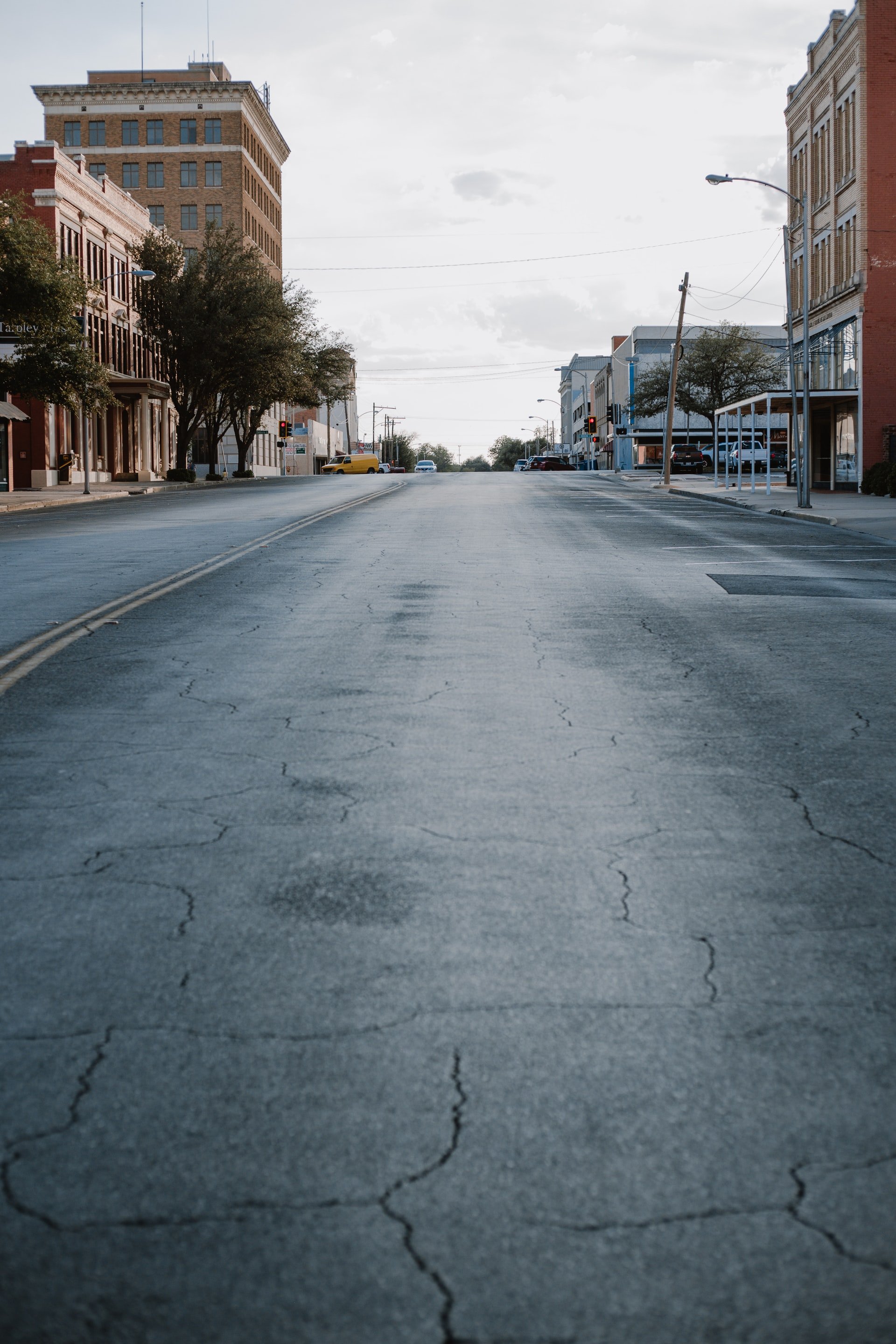
San Angelo, Texas
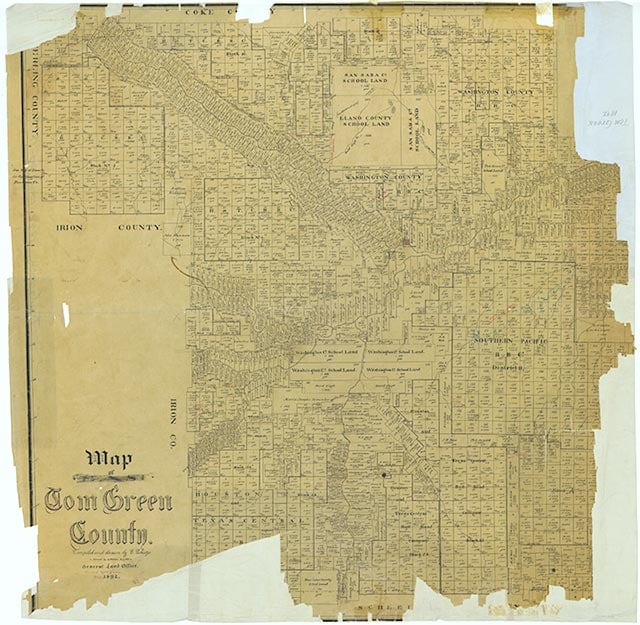
San Angelo, the county seat of Tom Green County, is on U.S. highways 87, 67 and 277, State highways 208 and 126, Farm roads 584, 765, 1223, 388, and 853, and the Atchison, Topeka and Santa Fe Railway, 220 miles northwest of San Antonio, in the center of the county near the geographical center of the state. The history of the frontier town began in the late 1860s across the North Concho River from Fort Concho, which had been established in 1867. As an early frontier town, San Angelo was characterized by saloons, prostitution, and gambling. Officers of nearby Fort Concho would not leave the garrison after dark. Shortly after the fort was established, Bartholomew (Bart) J. DeWitt, the founder of San Angelo, bought 320 acres of land from Granville Sherwood for a dollar an acre and, over the river, established a trading post, which was later called Santa Angela. There are several stories as to how the town was named, including one in which it was named for DeWitt's sister-in-law, a nun in San Antonio. A local historian found that DeWitt named the town in memory of his wife, Carolina Angela, who died in 1866. The name had changed to San Angela by 1883, when application was made for a post office. The proposed name of San Angela was rejected because of the ungrammatical construction. The name should be Santa Angela or San Angelo. The latter was chosen. Oscar Ruffini, the architect of many of the early business buildings in San Angelo, arrived in the town shortly after the flood of 1882, which destroyed the county courthouse in Ben Ficklin, the county seat. After the voters decided on San Angelo as the new county seat, Ruffini was asked to design and supervise the construction of the new county courthouse. Ruffini remained in San Angelo, where he was the architect of about forty buildings in the downtown area, some of which are still in use.
Contributing to the early growth of San Angelo were Fort Concho, an ample supply of water, ranching, agriculture, and the coming of the railroads. The fort brought a steady flow of money from the soldiers' pay, which in turn brought traders, merchants, and others who catered to the needs of the soldiers. The first legitimate business, a combination general store and saloon, was opened by William S. Veck. San Angelo was located at the juncture of the North, South, and Middle Concho rivers and was surrounded by farms on the east and ranches on the west. The town's economy, therefore, became more diversified than that of many other frontier settlements. During the cattle boom of the 1870s thousands of longhorn cattle were watered and fed along the Concho rivers on their way to market. Richard F. Tankersley introduced cattle ranching on the South Concho as early as 1864. John Arden and Joseph Tweedy introduced sheep ranching in 1877. Arden drove his herd from California, and Tweedy drove his from near Fort Clark.
Escal F. Duke | © TSHA

Adapted from the official Handbook of Texas, a state encyclopedia developed by Texas State Historical Association (TSHA). It is an authoritative source of trusted historical records.

- ✅ Adoption Status:
- This place is available for adoption! Available for adoption!
- Adopted by:
- Your name goes here
- Dedication Message:
- Your message goes here
Belongs to
San Angelo is part of or belongs to the following places:
Currently Exists
Yes
Place type
San Angelo is classified as a Town
Associated Names
- [-Angela]
- (Concho)
Location
Latitude: 31.44060290Longitude: -100.45200000
Has Post Office
Yes
Is Incorporated
Yes
Population Count, 2021 View more »
99,667
Places of San Angelo
| Place | Type | Population (Year/Source) | Currently Exists |
|---|---|---|---|
| College or University | – | Yes | |
| College or University | – | Yes |
Photos Nearby:
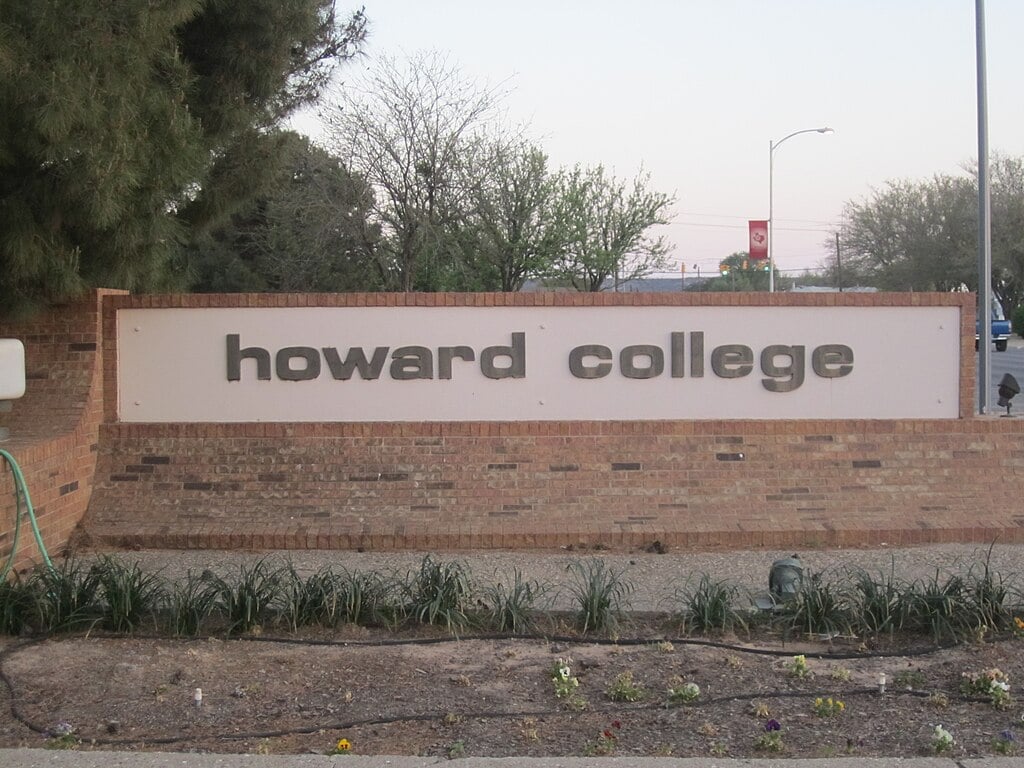
Howard College sign, Big Spring, TX
Photo by Billy Hathorn, CC BY-SA 3.0, via Wikimedia Commons
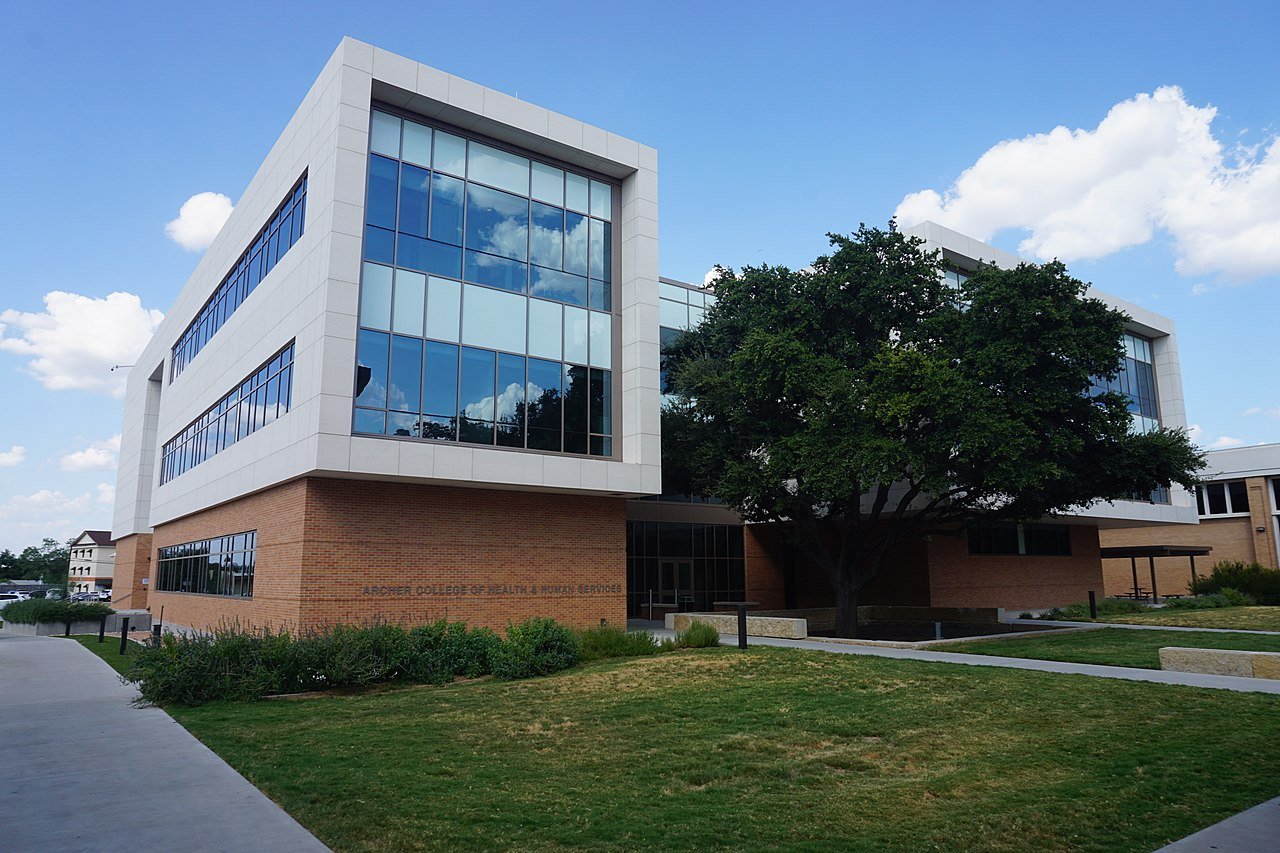
The Health and Human Services building on the campus of Angelo State University
Photo by Michael Barera, CC BY-SA 4.0, via Wikimedia Commons
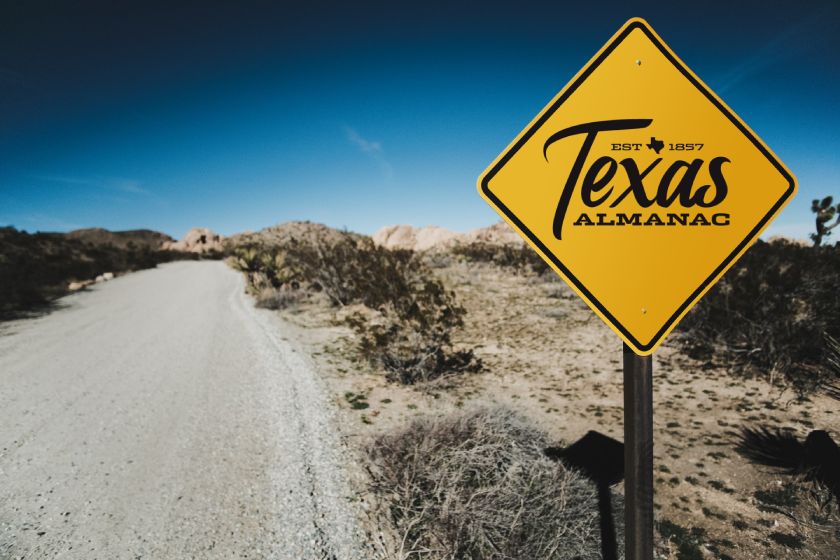
Proud to call Texas home?
Put your name on the town, county, or lake of your choice.
Search Places »
